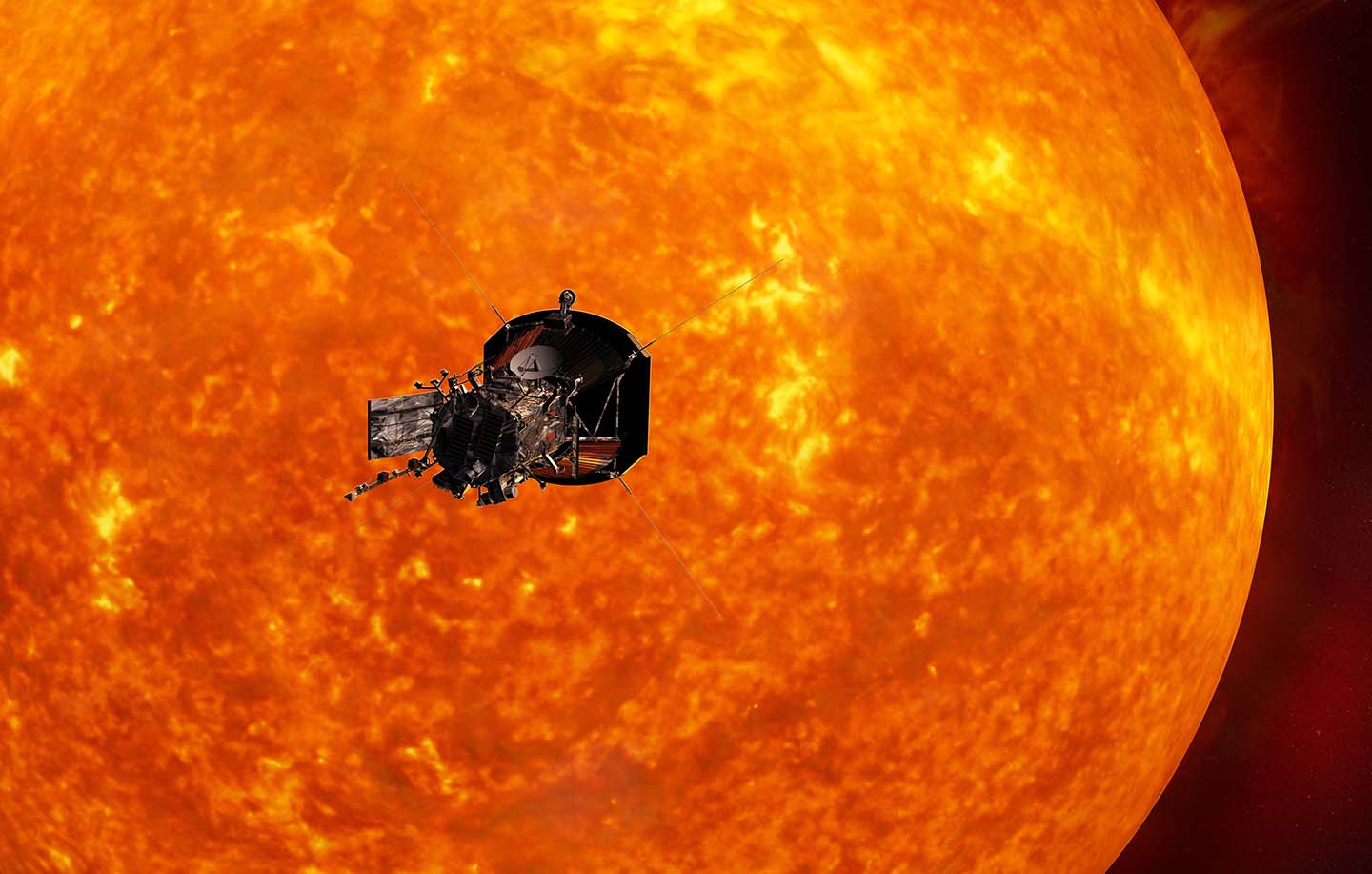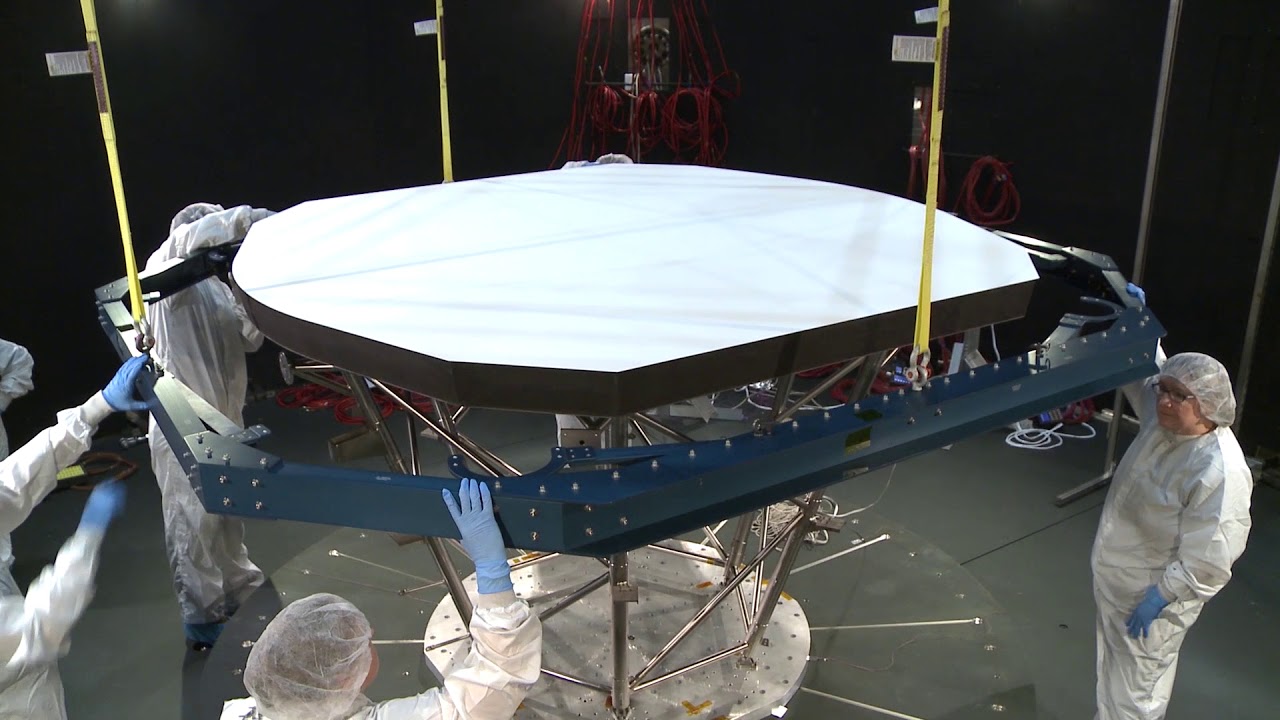Press Release
Johns Hopkins APL Named as One of Fast Company’s 2018 ‘Most Innovative Companies’
Thu, 02/22/2018 - 13:19
For creating the first-ever spacecraft designed to fly through the inferno of the Sun’s corona, the Johns Hopkins Applied Physics Laboratory has earned a place as one of Fast Company’s Top 10 Most Innovative Companies in Space for 2018.
The Laboratory was named eighth on Fast Company’s list of the Top 10 Most Innovative Companies in Space alongside SpaceX and Blue Origin.
APL was honored for the design and construction of NASA’s Parker Solar Probe spacecraft, scheduled for launch on July 31, 2018, and in particular the mission’s revolutionary heat shield, known as the thermal protection system (TPS). The TPS, designed with support from the Johns Hopkins Whiting School of Engineering, is constructed with carbon-carbon foam and special plasma-treated coatings that will keep the spacecraft behind the shield at roughly room temperature, while the outside of the TPS reaches almost 2,600 degrees Fahrenheit.
“We are very proud of our history in space exploration, including the New Horizons mission’s historic first flyby of Pluto two years ago. Right now, we could not be more excited about the breakthroughs we have achieved with Parker Solar Probe,” said APL Director Ralph Semmel. “Teams from across the Laboratory, NASA, Johns Hopkins University, and industry came together to solve countless challenges that were once thought to be impossible to overcome. The payoff from the hard work is awesome — we have built the first spacecraft that will touch the Sun!”
In 2016, APL was named Fast Company’s fifth most innovative company in health care for its work on DARPA’s Revolutionizing Prosthetics program, which created dozens of new technologies, including the world’s first neurally controlled artificial arm and hand.

